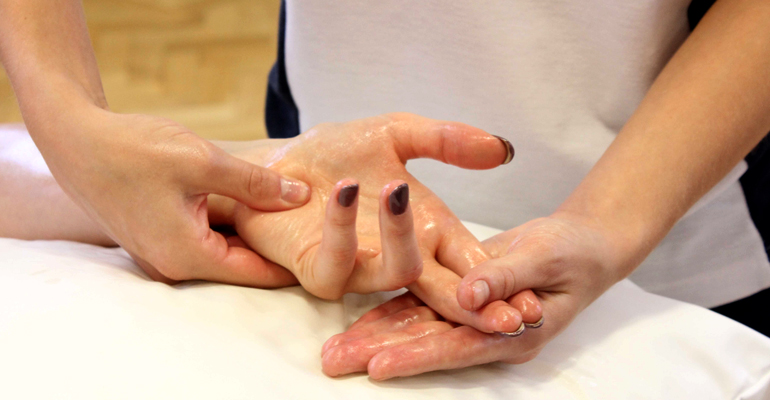-
-
+91-8591556577
-
Ligament Injury

Ligament Injury
Ligament injuries occur when the tough bands of connective tissue that connect bones at a joint are stretched, torn, or damaged. These injuries can happen in various ways, often during sports activities, falls, or accidents. Ligament injuries can lead to pain, swelling, instability, and limited mobility, affecting daily activities and athletic performance.
Common Types of Ligament Injuries
- Anterior Cruciate Ligament (ACL) Injury: A common knee injury, often occurring during sports that involve sudden stops or changes in direction. An ACL injury can range from a mild sprain to a complete tear.
- Medial Collateral Ligament (MCL) Injury: This injury affects the ligament on the inner side of the knee, often caused by a blow to the outer knee, resulting in pain and swelling.
- Lateral Collateral Ligament (LCL) Injury: Involves the ligament on the outer side of the knee and can occur from direct impact or excessive stress on the knee joint.
- Posterior Cruciate Ligament (PCL) Injury: Less common than ACL injuries, PCL injuries can occur from falls or direct impact to the front of the knee.
- Ankle Sprains: A common ligament injury, occurring when the ligaments that support the ankle are stretched or torn, often due to rolling or twisting the ankle.
Symptoms of Ligament Injuries
- Sudden onset of pain in the affected joint
- Swelling and bruising around the injury site
- Limited range of motion and difficulty moving the joint
- A popping sound at the time of injury
- Instability or a feeling that the joint may give way
Diagnosis of Ligament Injuries
To accurately diagnose a ligament injury, a healthcare provider may perform:
- Physical Examination: Assessing the injury through movement and stability tests.
- Imaging Tests: X-rays may be used to rule out fractures, while MRI scans provide detailed images of soft tissues, including ligaments.
Treatment Options
The treatment for ligament injuries depends on the severity of the injury:
- Conservative Treatment: For mild to moderate injuries, treatment may include:
- Rest: Avoiding activities that cause pain or discomfort.
- Ice: Applying ice packs to reduce swelling and pain.
- Compression: Using bandages or braces to stabilize the joint.
- Elevation: Keeping the injured area elevated to decrease swelling.
- Physical Therapy: Rehabilitation exercises to strengthen the muscles around the joint, improve flexibility, and restore range of motion.
- Medications: Nonsteroidal anti-inflammatory drugs (NSAIDs) may be prescribed to manage pain and reduce inflammation.
- Surgery: For severe ligament injuries, such as complete tears, surgical intervention may be necessary. This can involve reconstructing the damaged ligament using grafts from the patient’s own tissue or from a donor.
Rehabilitation and Recovery
Rehabilitation is crucial for a full recovery from ligament injuries. Our comprehensive rehabilitation program focuses on:
- Strengthening Exercises: Gradually rebuilding strength in the affected area.
- Range of Motion Exercises: Improving flexibility and mobility to restore full function.
- Sport-Specific Training: Preparing athletes to return to their sport safely and effectively.
